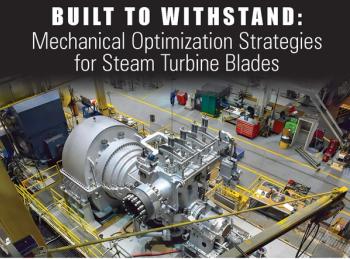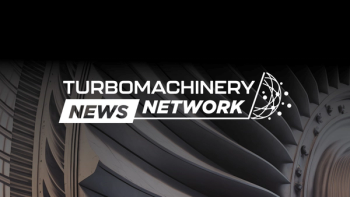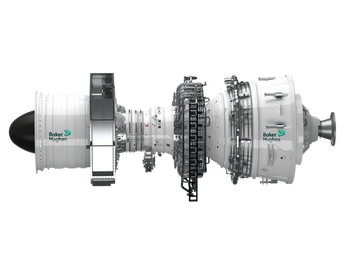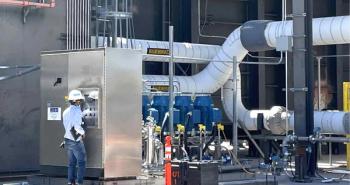
Q&A with Siemens Energy: Brian Grosso Talks High Tips Speeds for H2 Compression
Key Takeaways
- Siemens Energy's hydrogen compressor uses semi-open impellers integral to the shaft, optimizing stress and increasing impeller tip speeds for improved performance.
- Higher tip speeds are crucial for hydrogen compression, reducing the number of impellers needed and enhancing efficiency.
Due to the low mole weight of hydrogen, one must increase impeller tip speed to generate higher pressure ratios and reduce overall stages.
Brian Grosso of Siemens Energy’s Advanced Compression Systems shared updates on the company’s
TURBO: How did the new rotor technology deliver high impeller tip speeds? Why is this beneficial for hydrogen compression?
Grosso: The “how” of how we achieved higher tip speeds is all about stress optimization and targeting all of the speed-limiting factors in a conventional rotor design. When we say conventional, it’s usually closed shrink-fit impellers attached to a bare shaft. In our case, we’re using semi-open impellers, which is a known strategy but they’re integral to the shaft. Unlike some other designs, there’s no hollow bore and it’s just a single piece.
There’s no stress at the blade-shroud joint, no limitations due to the shrink-fit torque capacity, and an optimized stress in the bore of the impeller because it’s solid as opposed to hollow. Higher tip speeds are essential for hydrogen compression due to the way a centrifugal compressor works as opposed to a positive displacement compressor. Centrifugal compressors add energy to the gas through kinetic energy by spinning the impeller, which is later decelerated through the diffuser where you get static pressure rise.
Due to the low mole weight of hydrogen in particular, you must increase tip speed to increase the pressure ratio. This technology maximizes the tip speed that centrifugal compressors are capable of, putting as much energy as possible into the hydrogen gas. Increasing the impeller tip speed and the achievable pressure ratio, especially for low mole weight applications, would result in a drastic reduction in the number of impellers required.
Whereas a conventional rotor with shrink-fit closed impellers might need 20 impellers or more, we might complete this application with 8 – 10 stages instead.
TURBO: What is the role of gaseous helium in this closed-loop hydrogen compression system?
Grosso: Helium is the closest inert gas in mole weight to hydrogen, and it’s typically used in compressor mechanical testing. As the closest inert gas, we can test it at a high fraction of the compressor speed to ensure safety before we tested with hydrogen. At some point, when you start adding enough head and more stages to the machine, testing with helium would get too hot at full speeds. To fully test the capabilities of these machines in the future, it’s anticipated that you’ll need to test using hydrogen gas.
TURBO: Can you speak on the performance and rotordynamics testing results?
Grosso: We met stricter than API 617 performance guarantees in terms of the power tolerance. We did work to analyze the effect of the semi-open impeller shroud gap on performance throughout the operating map. The mechanical test results were also very positive: The API allowable vibration limit decreases with speed, but we were able to meet the allowable vibration limit during these tests – even up to approximately 28,000 rpm.
Check out more from the
Newsletter
Power your knowledge with the latest in turbine technology, engineering advances, and energy solutions—subscribe to Turbomachinery International today.





